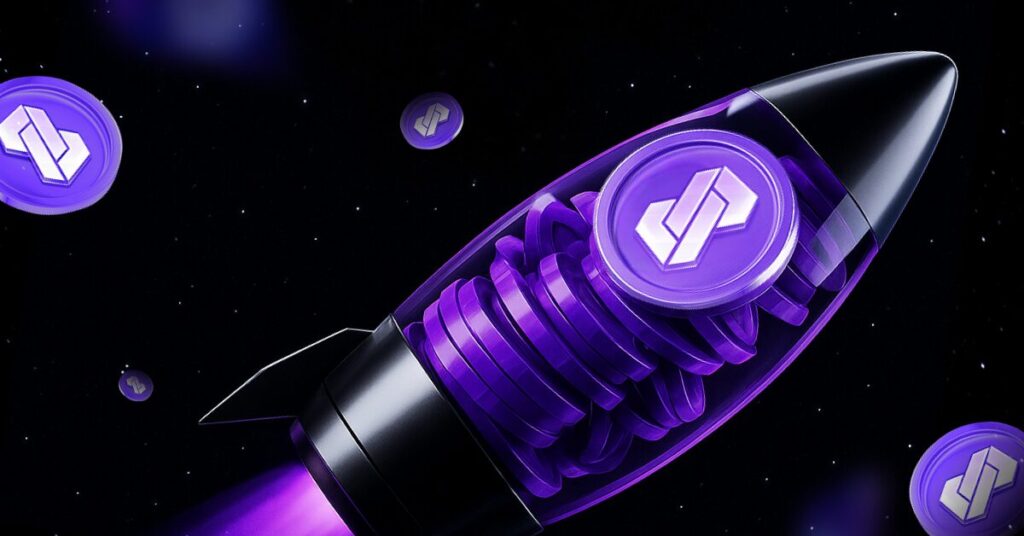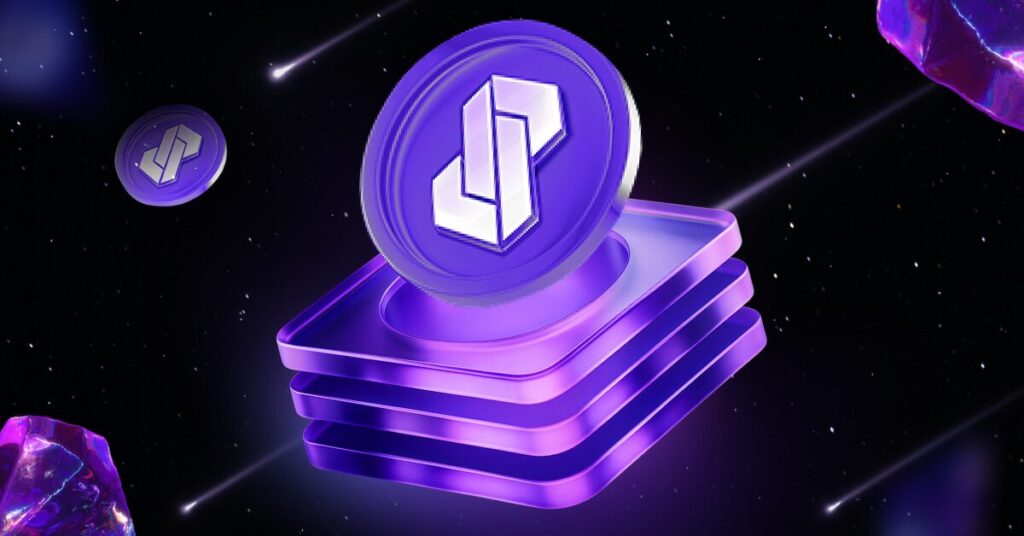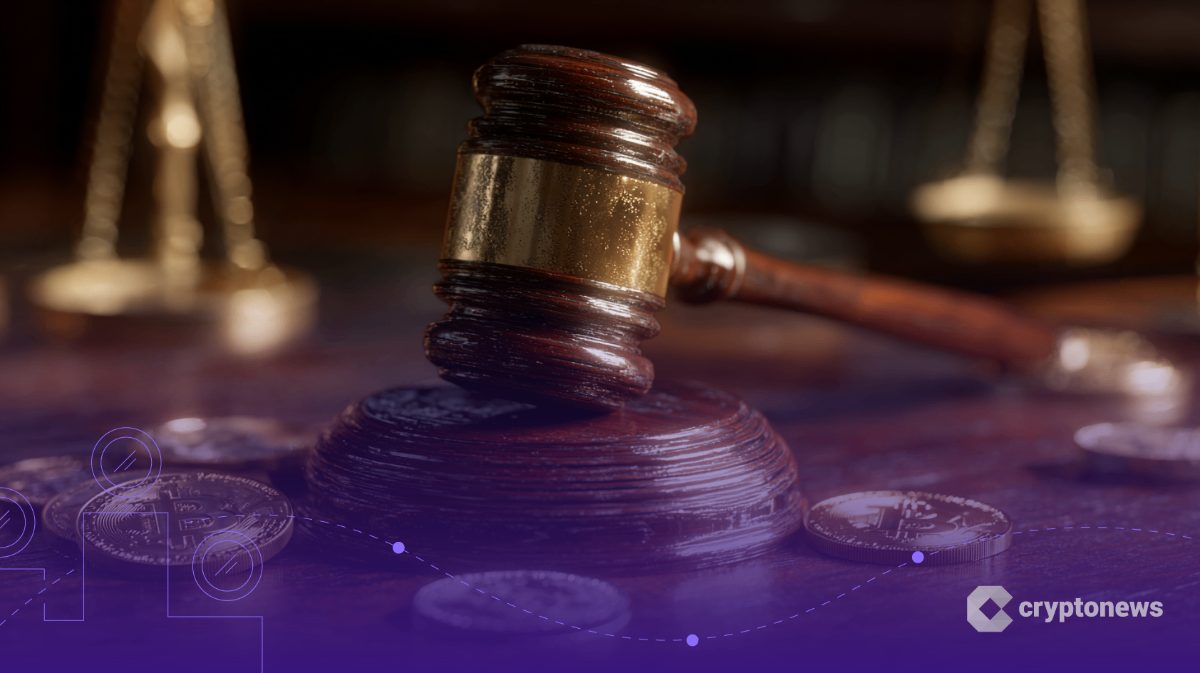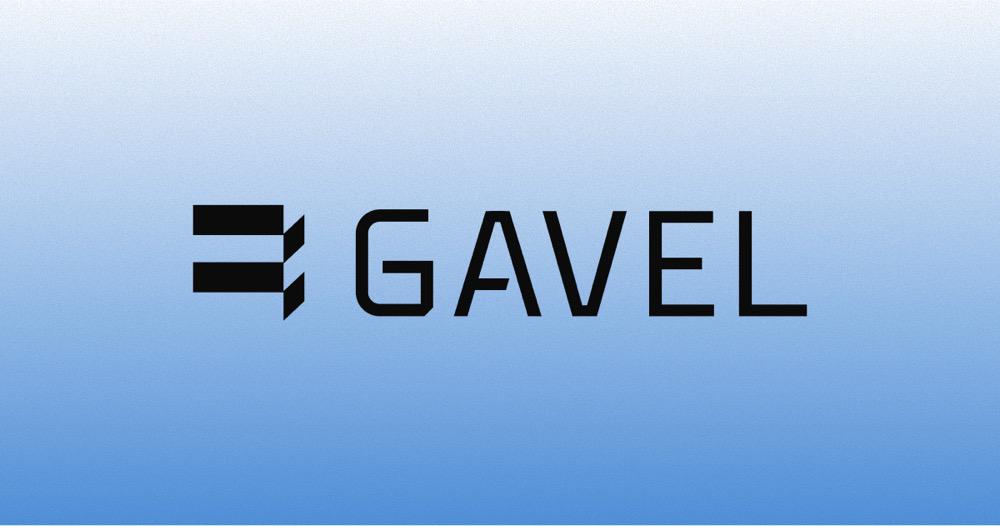Retrodrop 8lends: What It Is and Key Terms Every Investor Should Know

8lends, a decentralized crowdlending platform, has announced the launch of its retrodrop campaign alongside the rollout of its deflationary native token. For newcomers, retrodrop campaigns can seem complex, but in reality, they offer a unique entry point for early adopters and seasoned investors alike.
What Is a Retrodrop?
A retrodrop is a token distribution method that rewards a project’s earliest users and supporters. Unlike a traditional airdrop (which often targets random wallets or new users), a retrodrop recognizes those who actively contributed to a project from the start — by testing products, engaging with the community, or making referrals.
Key Terms Every Investor Should Understand
Deflationary Tokenomics
A model where the total supply of tokens is capped, and portions of the supply are permanently removed (or burned) over time. This mechanism is designed to create scarcity and support long-term value growth.
Fixed Supply
The maximum number of tokens is predetermined and cannot be exceeded—similar to Bitcoin’s 21 million cap. This stands in contrast to inflationary models, where supply continues to expand.
Token Burn
The process of permanently removing tokens from circulation, reducing supply. At 8lends, quarterly burns will be tied directly to platform performance, aligning ecosystem growth with token scarcity.
Zealy & Galxe
Community engagement platforms are widely used in Web3. Participants in the 8lends retrodrop can complete tasks, invite friends, and earn bonus token allocations through these platforms.
Phased Distribution
Instead of releasing all tokens at once, the supply is distributed gradually. This phased approach helps balance supply and demand, reducing volatility and offering more predictability for investors.
Why Retrodrop Matters for Investors
For early participants, the retrodrop, apart from providing free tokens, allows entering the ecosystem at the ground floor while the token economy is still forming.
Key benefits include:
- Access to a scarce asset: fixed maximum supply and deflationary mechanics.
- Early positioning: participation before mass adoption.
- Rewards for engagement: bonuses for inviting friends, activity, and community involvement.

The Road Ahead
The 8lends retrodrop officially kicked off on July 1, 2025, with an activity tracking period. Token distributions will be released in phases, accompanied by quarterly burns. For investors, this is a unique chance to collect tokens and join an evolving journey where scarcity, transparency, and community engagement create lasting value.
At its core, the token is designed as a utility asset within the 8lends ecosystem. While it will naturally have a market price and be tradable, its primary role is to power platform functions and reward active participation. Unlike the volatile tokens often seen in DeFi, the 8lends token emphasizes stability, usability, and long-term alignment with real economic activity.
Why This Matters
The 8lends team is creating a thoughtfully designed rewards system grounded in deflationary tokenomics — the very goal of the 8lends retrodrop. By combining a fixed supply, burn mechanics, and phased distributions, the system aims to create sustainable value over time. For investors, understanding these fundamentals provides the insight needed to make informed decisions and capitalize on early opportunities in Web3 finance.
This article was originally published as Retrodrop 8lends: What It Is and Key Terms Every Investor Should Know on Crypto Breaking News – your trusted source for crypto news, Bitcoin news, and blockchain updates.
คุณอาจชอบเช่นกัน

Washington Eyes Crypto Rules: Senate Subcommittee Hearing on Digital Assets Scheduled For Tuesday

Gavel Becomes the Rising Star of Solana’s Launch Platform. What is the Connotation of the Platform’s Test Coin IBRL?
